Go Food

Is organic food healthier than non-organic food ?
The debate over whether organic food is healthier than non-organic food has been ongoing for decades. While some argue that organic food offers more nutritional benefits and is better for the environment, others believe that the differences are negligible and that non-organic food can be just as healthy. In this article, we will explore both sides of the argument and try to answer the question: is organic food healthier than non-organic food? Arguments in favor of organic food include nutritional benefits, pesticide reduction, and environmental impact. Organic farming practices focus on building healthy soil and growing strong plants, which results in produce that is richer in nutrients like vitamins, minerals, and antioxidants. Additionally, organic food is grown without the use of synthetic pesticides and fertilizers, reducing the risk of harmful chemicals ending up in our food supply. Finally, organic farming practices promote biodiversity, reduce pollution, and help preserve natural resources. Arguments against organic food include minimal nutritional differences, low pesticide residues, and higher cost. While some studies have found that organic food is more nutritious than non-organic food, other research suggests that the differences are minimal. The levels of pesticides found in non-organic produce are generally well below what is considered safe by regulatory agencies, and washing produce thoroughly can further reduce pesticide residues. However, one of the biggest drawbacks of organic food is its higher cost compared to non-organic options. Ultimately, the decision of whether to choose organic or non-organic food depends on personal preference and individual circumstances. If you prioritize nutrition, reducing your exposure to pesticides, and supporting environmentally friendly farming practices, then organic food may be the way to go. However, if you are concerned about cost or believe that the nutritional differences between organic and non-organic food are minimal, then non-organic options may be suitable for you.
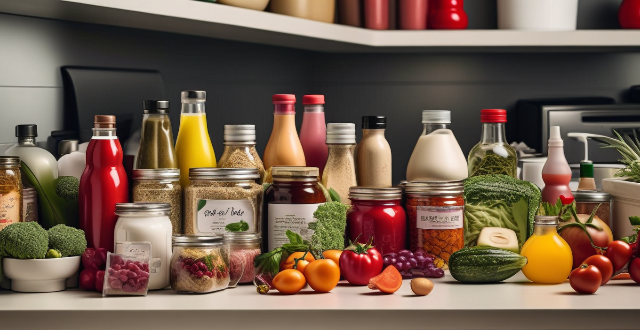
How can I reduce food waste in my kitchen ?
To reduce food waste in your kitchen, you can plan meals ahead of shopping, shop smart by making a list and buying fresh produce, store foods properly using airtight containers, understand expiration dates, preserve food through techniques like freezing and dehydrating, get creative with leftovers, practice portion control, and educate yourself on the environmental impact of food waste.

What are some tips for eating street food safely while traveling ?
When traveling, street food can be a delightful way to explore new flavors and cultures. However, it's essential to take precautions to ensure that your culinary adventures don't lead to illness. Here are some tips for eating street food safely while traveling: 1. Research Before You Go 2. Look for Cleanliness 3. Choose Busy Vendors 4. Stick to Cooked Foods 5. Avoid Raw Produce 6. Drink Bottled Beverages 7. Watch How the Food is Cooked 8. Trust Your Instincts

What makes street food unique in different parts of China ?
Street food in China reflects the country's diverse cultural heritage and regional differences. From hearty meals in the north to seafood delights in the south, each region offers its own unique flavors and dishes. The cuisine of eastern China is influenced by its coastal location and the use of soy sauce, while western China's mountainous terrain and ethnic diversity are reflected in the variety of street foods available. Regardless of where you go in China, you're sure to find something delicious to try!

How important is composition in food photography ?
Composition is essential in food photography for creating visually appealing images. Techniques such as focusing on the subject, using negative space, incorporating leading lines, following the rule of thirds, and experimenting with color and contrast can enhance the visual appeal of food photographs.

What is the significance of traceability in the food supply chain for food safety ?
Traceability in the food supply chain is crucial for food safety, enhancing transparency, facilitating recalls, improving quality control, supporting regulatory compliance, enabling better risk management, and promoting sustainable practices.

How are food safety regulations enforced by governments ?
Governments around the world enforce food safety regulations through various methods, including legislation and policy development, inspection and compliance checks, licensing and certification, education and training, penalties and enforcement actions, public communication, and international cooperation. These efforts aim to protect consumers from harmful substances and contaminants in food products while promoting fair trade practices among producers and retailers.

What are the key principles of food safety ?
The text outlines the key principles of food safety, which include cleanliness, avoiding cross-contamination, thorough cooking, proper storage, and using safe water and ingredients. By following these guidelines, individuals can reduce the risk of foodborne illnesses and ensure that their meals are safe for consumption.

How does proper cooking and baking contribute to food safety ?
Food safety is crucial for maintaining public health and preventing illnesses. Proper cooking and baking are vital components of food safety, as they can destroy harmful microorganisms that may contaminate raw ingredients. High temperatures during cooking and baking kill most bacteria, reduce viruses, and eliminate parasites. Additionally, proper cooking practices prevent cross-contamination by using separate utensils and cutting boards for different types of food. To ensure food safety during cooking and baking, it's essential to use a food thermometer to check the internal temperature of cooked foods, follow recipes and time guides, keep work surfaces and equipment clean, store raw and cooked foods separately, avoid overcrowding pans, and refrigerate leftovers promptly. By adopting these best practices, you can significantly minimize the risk of foodborne illnesses and enjoy safe, delicious meals.

How do you safely eat street food while traveling ?
Eating street food while traveling can be a delicious and authentic way to experience local cuisine. However, concerns about hygiene and food safety can make some travelers hesitant. To safely enjoy street food, consider these tips: 1. Observe hygiene practices at the stall, such as cleanliness and food preparation methods. 2. Choose popular stalls where food turnover is high and locals are eating. 3. Start with small portions to test your tolerance for new flavors. 4. Be selective with proteins, avoiding raw or undercooked meats and seafood. 5. Drink only bottled beverages and avoid tap water. 6. Use common sense; if something doesn't look or smell right, move on. 7. Have hand sanitizer ready and pack wet wipes for cleaning utensils. 8. Clearly communicate any allergies or dietary restrictions in the local language. 9. Enjoy the experience but don't overdo it; pace yourself and maintain a balanced diet. By following these guidelines, you can minimize risks and fully enjoy the authentic culinary experiences that travel offers.

Can eating organic food prevent diseases ?
Eating organic food may offer some potential benefits for disease prevention, such as reduced exposure to pesticides and chemicals, higher antioxidant levels, and better nutrient content. However, the overall evidence supporting its ability to prevent diseases is limited, and other factors influencing disease risk should also be considered when making dietary choices. It is important to prioritize a balanced and varied diet rich in fruits, vegetables, whole grains, lean proteins, and healthy fats while minimizing intake of processed foods and sugary beverages.
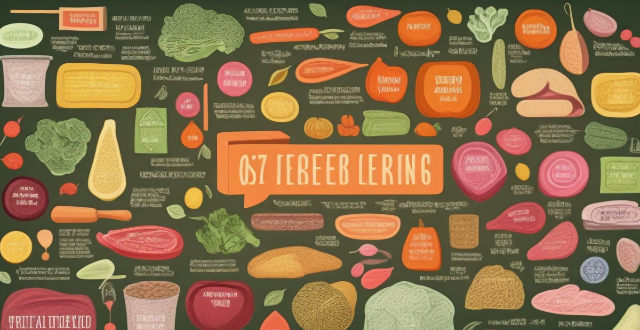
How does food labeling contribute to food safety ?
Food labeling is crucial for food safety as it provides consumers with essential information. It includes ingredient lists, nutritional information, expiration dates, manufacturing details, storage instructions, certification marks, allergy warnings, country of origin, precautionary statements, and environmental impact information. Proper labeling practices help identify ingredients, understand nutritional values, recognize potential risks, and make informed decisions about food consumption.
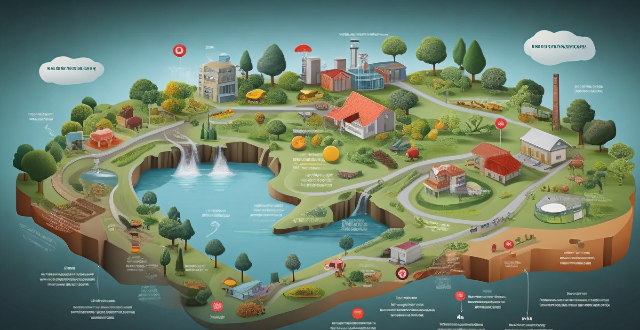
How does climate change affect agriculture and food security ?
Climate change significantly affects agriculture and food security by increasing extreme weather events, altering crop yields and quality, impacting livestock, and raising concerns about food access, affordability, and biodiversity loss. Adaptation and mitigation strategies such as sustainable farming practices, water management, genetic research, and policy initiatives are essential to build a resilient food system.

How do street food vendors keep their food safe and hygienic ?
Street food vendors play a crucial role in providing affordable and delicious meals to millions of people worldwide. However, ensuring that their food is safe and hygienic can be challenging due to various factors such as limited space, lack of proper equipment, and unpredictable weather conditions. In this article, we will discuss some effective ways street food vendors can maintain the safety and cleanliness of their food.
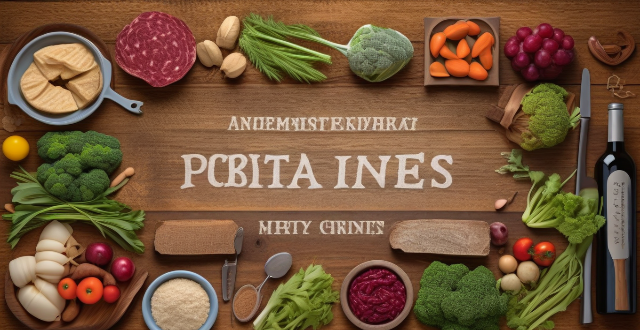
What are some local experience activities that involve food and drink ?
The text provides a summary of various local experience activities involving food and drink. These include cooking classes, food market tours, brewery and winery visits, culinary walking tours, farm-to-table dinners, food festivals, ethnic cuisine experiences, private dining experiences, gourmet safaris, and interactive restaurant concepts. Each activity offers a unique way to explore local cuisine and culture, providing insights into the daily life of locals and their eating habits.

What are some ways to save money on food while traveling ?
Here are ten ways to save money on food while traveling: 1. Eat local street food for affordable and delicious options. 2. Cook your own meals if you have access to a kitchen or cooking facilities. 3. Pack snacks from home to avoid expensive airport or convenience store prices. 4. Avoid tourist traps and look for places where locals eat for authentic and affordable cuisine. 5. Use discount apps and coupons to save money on food and drink at local establishments. 6. Share meals with friends or family members to enjoy a variety of dishes without spending too much money. 7. Drink tap water instead of buying bottled water to save money. 8. Take advantage of hotel breakfasts to save money on breakfast costs. 9. Visit local markets for fresh produce, meats, and other ingredients that are cheaper than grocery stores or restaurants. 10. Choose budget-friendly restaurants that cater to locals rather than tourists for good food at reasonable prices.

How can consumers check if their food is safe to eat ?
Consumers can check if their food is safe to eat by checking expiration dates, looking for signs of spoilage, reading labels carefully, practicing proper food handling, and using a food safety app.
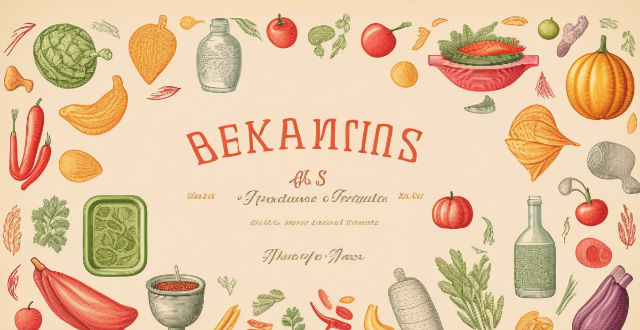
How do people in Japan celebrate the Lunar New Year with food ?
In Japan, the Lunar New Year, known as Oshogatsu, is celebrated through various food traditions that symbolize wishes for the new year. One iconic tradition is osechi ryori, a collection of colorful and symbolic dishes arranged in a lacquer box called an ojubako. These dishes include Kohaku Namasu, Kuromame, Tazuki, Kagamobashi, and Datemaki, each representing different aspects of life such as success, health, luck, connections, and learning. Another important food is mochi, a sweet rice cake believed to bring longevity and happiness. On New Year's Day, many families enjoy ozoni, a warm soup with mochi or soba noodles, vegetables, and sometimes chicken or fish, symbolizing the transition from the old year to the new one. While not as widely celebrated as other holidays, these culinary traditions remain significant for those who observe the Lunar New Year in Japan.

What are the health benefits of eating street food ?
Eating street food can have several health benefits, including exposure to a wide range of flavors, nutrient-dense options, portion control, and cultural experiences. It's important to choose wisely and prioritize cleanliness and food safety when selecting street food vendors.

What is the difference between natural and organic food ?
Difference Between Natural and Organic Food Natural food is minimally processed with no artificial additives, while organic food follows strict production standards without synthetic pesticides or GMOs. Organic farming promotes soil health and biodiversity, offering potential environmental benefits.

What are the top food festivals around the world ?
Food festivals are a celebration of culinary delights, bringing together food enthusiasts from all walks of life. Here is a list of some of the top food festivals around the world: 1. Tokyo Ramen Festival (Japan) 2. Sziget Festival (Hungary) 3. Salon du Chocolat (France) 4. Taste of Sydney (Australia)
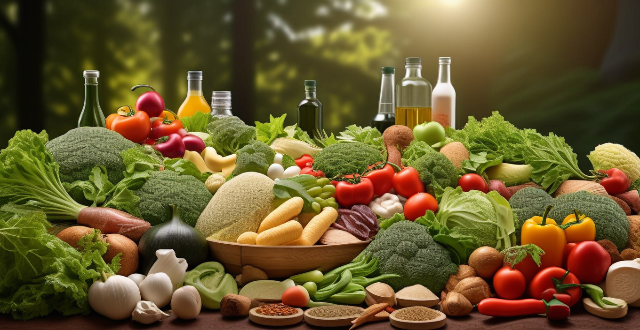
Can second-generation biofuels overcome the food vs. fuel debate and contribute to energy security ?
The article discusses the potential of second-generation biofuels to address the food vs. fuel debate and contribute to energy security. It explains that these biofuels are produced from non-food sources such as agricultural waste, wood chips, and other organic materials, which do not compete with food production. The article highlights how second-generation biofuels can diversify energy sources, reduce emissions, and create jobs in rural areas. However, it also notes that further technology development, infrastructure development, and public perception challenges need to be addressed to fully realize their potential.
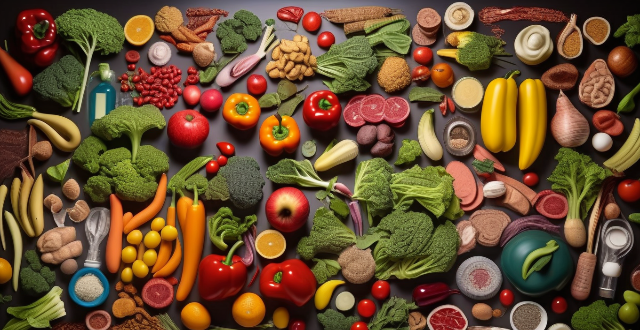
What role do food safety audits play in ensuring food quality ?
Food safety audits play a crucial role in ensuring food quality, identifying potential hazards and risks, ensuring compliance with regulations and standards, and maintaining customer trust. Companies should prepare for audits by reviewing relevant documents, conducting on-site audit activities, and following up with action plans to address any identified issues. By prioritizing food safety audits, companies can build a strong reputation for producing safe and healthy products, leading to increased customer loyalty and sales.

How can I experience a country's culture through its food ?
Experiencing a country's culture through its food is an immersive way to learn about traditions, history, and lifestyle. To do so, one can visit local markets and eateries, take cooking classes from local chefs, join food tours for guided adventures or off-the-beaten-path exploration, and research local cuisine through books, blogs, and online forums. This allows for a deeper understanding of the stories behind dishes, the people who create them, and the environment that nurtures them.

What are the key elements of a stunning food photograph ?
A stunning food photograph is not just about capturing the visual appeal of the dish, but also about conveying the sensory experience and emotions associated with it. Here are the key elements that can help you create a captivating food photograph: - Composition: Rule of Thirds, Leading Lines, Negative Space - Lighting: Natural Light, Directional Lighting, Soft vs. Hard Light - Color: Color Palette, Saturation, Temperature - Props & Styling: Tableware, Background, Garnishes - Focus & Depth of Field: Tack Sharpness, Bokeh, Layering - Angle & Perspective: Above View, Eye Level, Close-Ups - Post-Processing: Editing Software, Consistency, Detail Enhancement

What are the best food destinations around the world ?
Food is an integral part of any culture, and exploring different cuisines is a great way to experience a country's traditions and customs. Here are some of the best food destinations around the world: 1. Italy - Pizza and Pasta in Naples, Gelato in Florence 2. Japan - Sushi in Tokyo, Ramen in Sapporo 3. France - Croissants in Paris, Baguettes in Lyon 4. Mexico - Tacos in Mexico City, Ceviche in Cancun 5. India - Curry in Mumbai, Chai Tea in Delhi
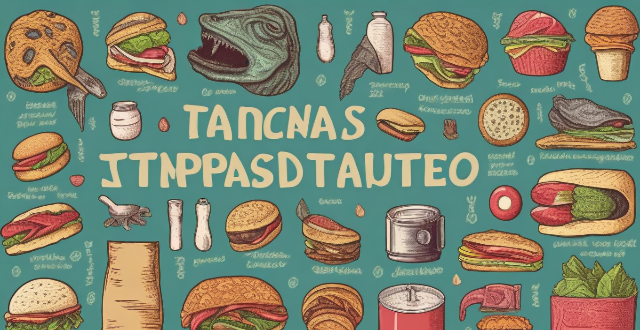
How does temperature control affect food safety ?
This text discusses the impact of temperature control on food safety, emphasizing the risks associated with improper temperature management and the benefits of maintaining appropriate temperatures. It highlights the danger zone for bacterial growth, spoilage due to mold and yeast, and toxin production from bacteria. The article also outlines best practices for temperature control in refrigeration, freezing, cooking, reheating, handling, and storage to ensure food safety.
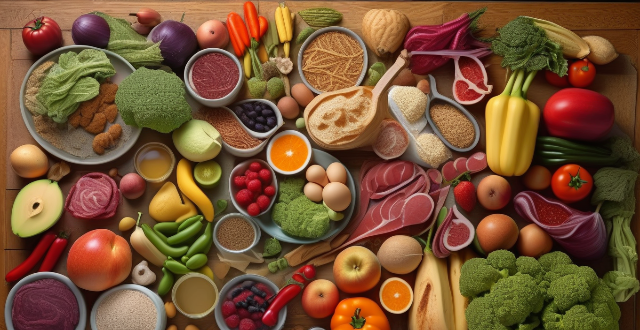
Why is personal hygiene important for those who handle or prepare food ?
Personal hygiene is critical for food handlers due to its impact on health, safety, and quality assurance. Cross-contamination and allergen transfer can lead to illnesses, while cleanliness affects food presentation and flavor. Handwashing, proper grooming, and workstation cleaning are essential practices to maintain hygiene.